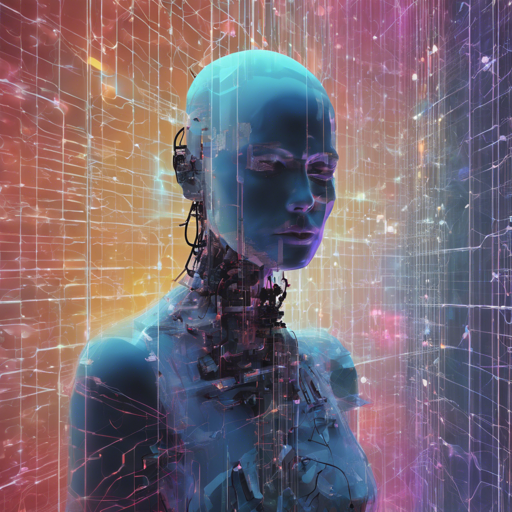Have you ever wanted to turn your creative text prompts into stunning visuals? With the FLUX.1-dev model and the Diffusers library, you can easily create images based on your own prompts. This guide will walk you through the steps required to get started, from setup to generating your first masterpiece!
Getting Started
To kick things off, ensure you have the necessary tools installed: Python and the Diffusers library. If you haven’t done this yet, you can install the library using pip:
pip install diffusersSetting Up the Image Generation Pipeline
Let’s break down how to set up your pipeline by using an analogy. Think of it like a cooking recipe—where you gather your ingredients (in this case, tools and libraries), prepare your kitchen (set up your environment), and finally cook your dish (generate the image).
- Ingredients: You need Python, the Diffusers library, and the FLUX.1-dev model.
- Preparation: Ensure you have a GPU available and the required libraries installed.
- Cooking: Write the necessary code to generate images based on your prompts.
Steps to Generate an Image
Follow these steps to generate images using the FLUX.1-dev model:
from diffusers import AutoPipelineForText2Image
import torch
# Load the pipeline
pipeline = AutoPipelineForText2Image.from_pretrained("black-forest-labs/FLUX.1-dev", torch_dtype=torch.float16).to("cuda")
# Load your LoRA weights
pipeline.load_lora_weights("davidsan01/karina", weight_name="lora.safetensors")
# Generate an image inputting your prompt
image = pipeline("your prompt").images[0]Trigger Words
When generating images, you need to use specific trigger words. For instance, use karina to prompt the image generation. This works like a secret code that tells the model what kind of image to create.
Troubleshooting
Even with a seamless setup, you may run into a few common issues. Here are some tips to solve those hiccups:
- If your images aren’t generated, double-check that your GPU is configured correctly and accessible by PyTorch.
- Ensure that your prompt is defined properly. A vague or ambiguous prompt may lead to unexpected results.
- If there are any library import errors, confirm you’ve installed all necessary packages and the correct versions.
For more insights, updates, or to collaborate on AI development projects, stay connected with fxis.ai.
Further Reading
For detailed instructions on weighting, merging, and fusing LoRAs, visit the documentation on loading LoRAs in diffusers.
Conclusion
At fxis.ai, we believe that such advancements are crucial for the future of AI, as they enable more comprehensive and effective solutions. Our team is continually exploring new methodologies to push the envelope in artificial intelligence, ensuring that our clients benefit from the latest technological innovations.

